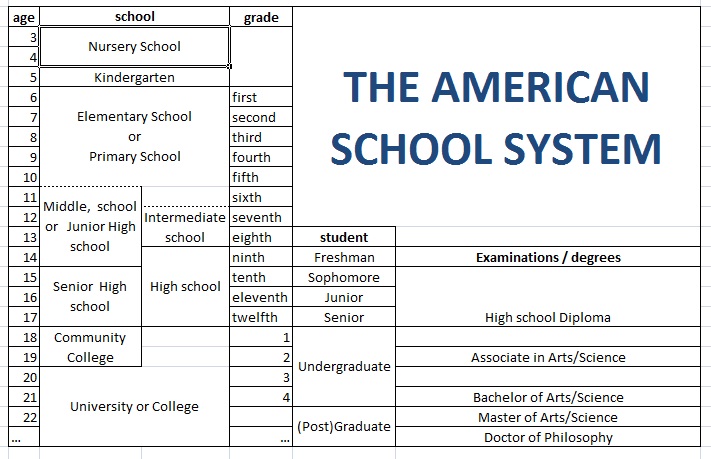during which the students wearing a (1) mortarboard
and a (2) gown
receive their (3) diploma.
At the end of 12th grade, the students go to a big dance, called the "prom"


|
The end of the studies is marked by a Graduation ceremony during which the students wearing a (1) mortarboard and a (2) gown receive their (3) diploma. At the end of 12th grade, the students go to a big dance, called the "prom" |
 |